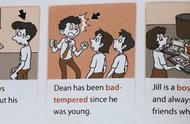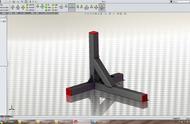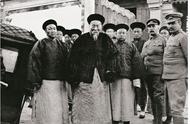(5)形容词、副词
1)形容词的位置
A. 形容词作定语一般要放在名词前面,但当形容词修饰不定代词something,nothing,anything时要放在所修饰的不定代词之后。如:something important,nothing serious。
B. 当形容词带有表示度量的词或词组作定语或表语时,定语或表语要后置。如:
We have dug a hole two meters deep.
The hole is about two metres deep.
2)形容词的比较等级
单音节词和少数双音节词,在词尾加—(e)r,—(e)st来构成比较级和最高级。其他双音节词和多音节词,在前面加more,most来构成比较级和最高级。如:
popular———more popular———most popular
important—more important—most important
3)副词的比较等级
单音节副词和个别双音节副词通过加-er,-est来构成比较级和最高级。绝大多数副词借助more,most来构成比较级和最高级。
4)少数形容词和副词比较级/最高级的不规则变化:
原级 比较级 最高级
well —— better —— best
badly —— worse —— worst
much —— more —— most
little —— less —— least
far —— farther —— farthest
farthest furthest
late —— later —— latest
5)副词的最高级前面可以不加定冠词the。
(6)介词
1)表示时间的介词及介词短语
in, at, on, before,after,till,since,for, fromto, until, by,in the middle of,at the beginning of, at the end of,at half past five,at night,in a week,in the morning,in class,at sunrise, in spring/summer/autumn/winter,on Sunday,on Saturday afternoon,on a winter evening,for a long time,for two months,after school,since liberation,before lunch,at the time of,at the age of
2)表示地点的介词及介词短语
in,at,into,to,on,beside,before,behind,above,under,outside,inside,up,from,far,from,near,across, off, down, among, past,between,out of,around,in the front of, in the middle of, at the back of,at the foot of,at home,at the gate,at the table,in the sky, on the ground,in a tree, in the south,in the sun,in the bed,on one’s way home,by the side of
,











